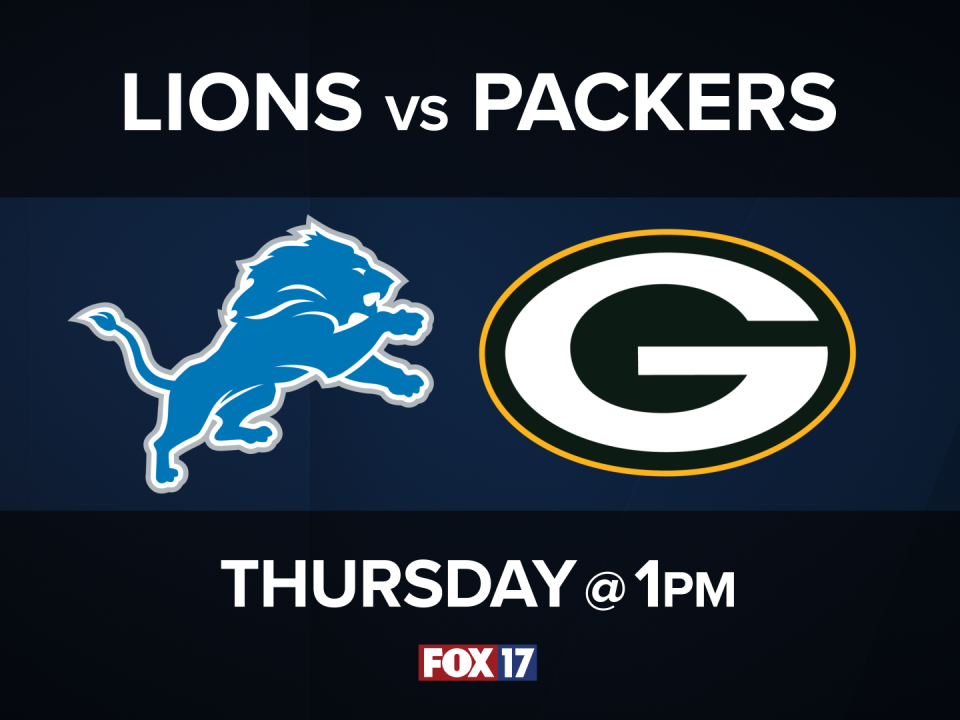GRAND RAPIDS, Mich. — Fake online product reviews cost shoppers more money for each dollar they spend, according to a paper recently presented to the National Bureau of Economic Research.
Consumers are also more likely to buy a lesser quality product because of fake reviews.
Online reviews often make or break a product and major retailers and search engines show them in an attempt to help customers make the best choice, but research indicates many of them may be fake.
An analysis which student 720 million reviews on Amazon, deemed 42-percent of them as fake or unreliable.
“Fake reviews are actually really common,” said Katie Grevious, communications specialist for the Better Business Bureau of West Michigan. “It’s usually companies who are trying to boost their products, make them more desirable.”
Grevious says while consumer advocates often encounter the issue, little has been known about how the practice influences consumer behavior until a first-of-its-kind study came out this July.
Researchers asked 10,000 shoppers in the United Kingdom to pick a product from five identically priced items. They showed some participants fake reviews, inflated star ratings, or both.
The researchers found that the phony testimonies cost consumers an extra $0.12 for each dollar spent. There were six percentage points more likely to buy a faulty item. Increasing a star rating by one star, increased demand for a product by 38-percent.
Fake reviews were also found to have a larger effect on people who shop online more frequently.
“Not only is it a monetary toll, but it’s also an emotional toll,” Grevious explained. “Nobody likes to feel duped.”
The last finding from the study suggested if major retailers and search engines warned users about fake reviews or provided additional education, it would reduce the negative impacts by up to 44-percent.
Grevious says it can be difficult to differentiate between real and fake reviews, but recommends people look for the following:
- Generic reviewer profiles: If a reviewer has a very common or generic name, such as John Smith or Jane Doe, you’ve spotted a red flag. Fake reviewers usually post under fake names, sometimes even just a series of letters and numbers, and rarely do they have a profile picture.
- Read reviews by customers with verified purchases: Many ecommerce sites add a badge or otherwise indicate if a purchase is verified, meaning the reviewer bought the product on the same site where they wrote the review. Reviews on nonverified purchases are much more likely to be fake.
- Examine the quality of product reviews: A good review will briefly explain why or why not the product in question was a good purchase. If you notice a product has several five-star or one-star reviews with just a word or two in the written portion of the review, you may be looking at fake reviews. This is especially true if you notice multiple, similar reviews posted during a short window of time.
- Be wary of scene-setting: A study conducted by Cornell University found that truthful reviewers usually include concrete words relating to the product or service they purchased, whereas fake reviewers like to set the scene. They may talk about how “their husband” visited a specific hotel for a “vacation” or “business trip” instead of focusing on the actual hotel experience. This is another fake review red flag.
- Check the grammar and spelling: Sometimes sellers outsource their fake reviews to content farms, where people who are not native English speakers write reviews. The result is fake reviews with misspellings and poor grammar. If you read a review out loud and it doesn’t sound natural, it could be a fake.
- Find out if the reviewer received a free product: Some ecommerce platforms have programs that pre-release products to customers in exchange for their honest review. One example is Amazon Vine. This kind of program is usually legitimate and can be helpful, but if you notice almost every review of a product comes from someone who received a free product, think twice. It’s also good to look at the reviews overall. If the only satisfied customer was the one who received a free product, it may not be worth paying for.
- Look at the quantity of reviews: Business Insider warns that if a product only has a few reviews, especially in comparison to similar products, it’s likely the product is less than reliable.
- Report fake reviews: Most platforms allow you to report abuse if you notice a fake review. Doing so can help the platform eliminate fake reviews faster and it can protect your fellow consumers.
“If these reviews are all matching across multiple sites, then that’s a sign that maybe this is a good product or service,” Grevious added. “If they vary a ton, that could be a red flag that some people are being truthful, and some people aren’t and now you have to figure out who is and who isn’t.”





